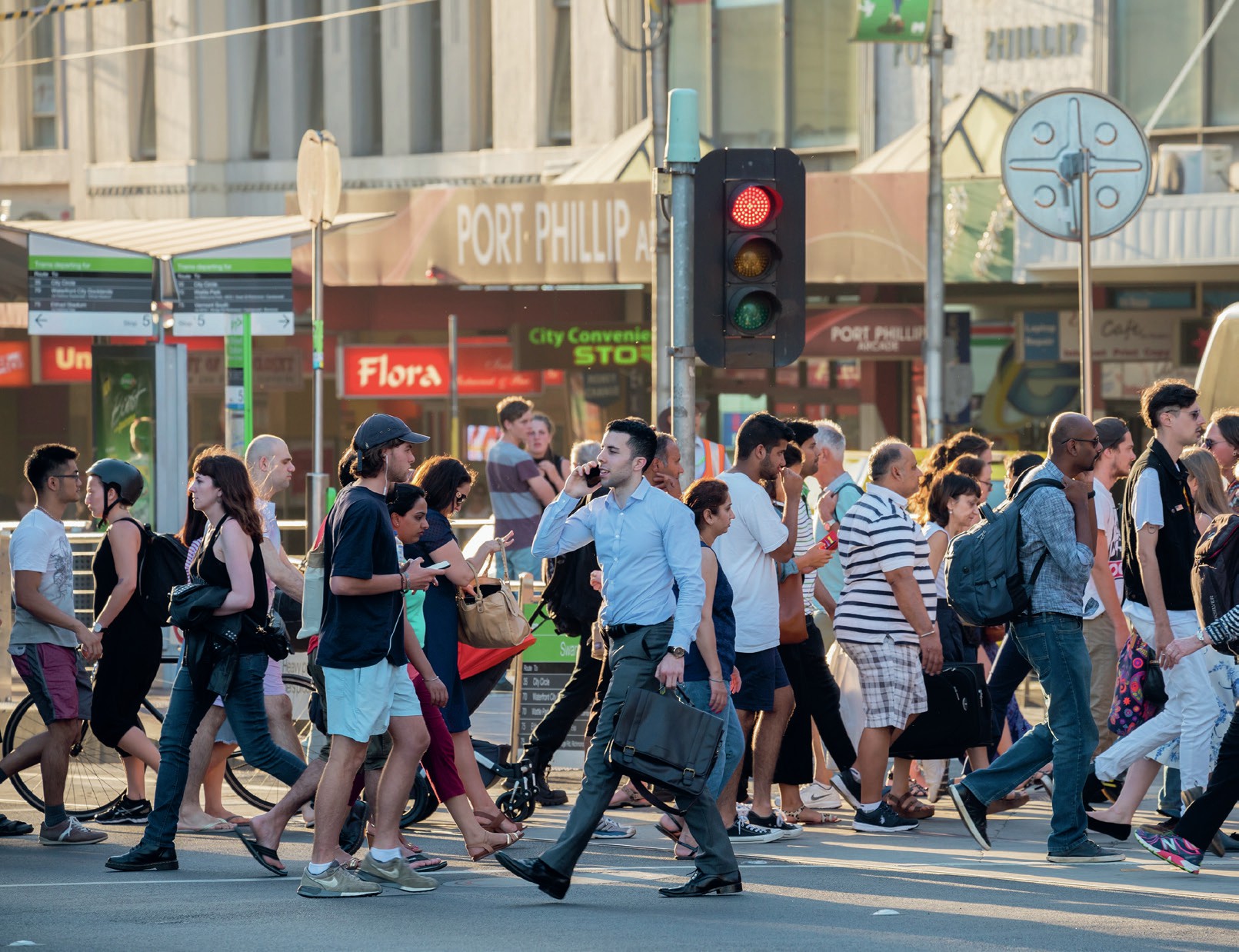
Australia is the third fastest-growing country in the OECD. Its annual population growth rate has for decades been significantly greater than that of the UK (Figure 1). The population is growing by 1.6% per annum and is set to pass the 25 million mark this year.
A major driving force behind this rapid growth has been migration from overseas. Since 2006 more of the country’s population growth has been due to net overseas migration than to natural change. Australia’s annual planned migration intake tends to vary in response to government economic policy. The Labor Rudd government of 2007–10 had a Big Australia Policy which led to a record in-migration of over 190,000 in 2009. In recent years the rate has steadied to 180,000 per annum. It is unlikely to be reduced in the near future.
Your organisation does not have access to this article.
Sign up today to give your students the edge they need to achieve their best grades with subject expertise
Subscribe




